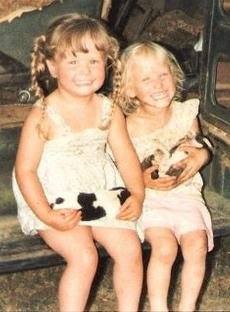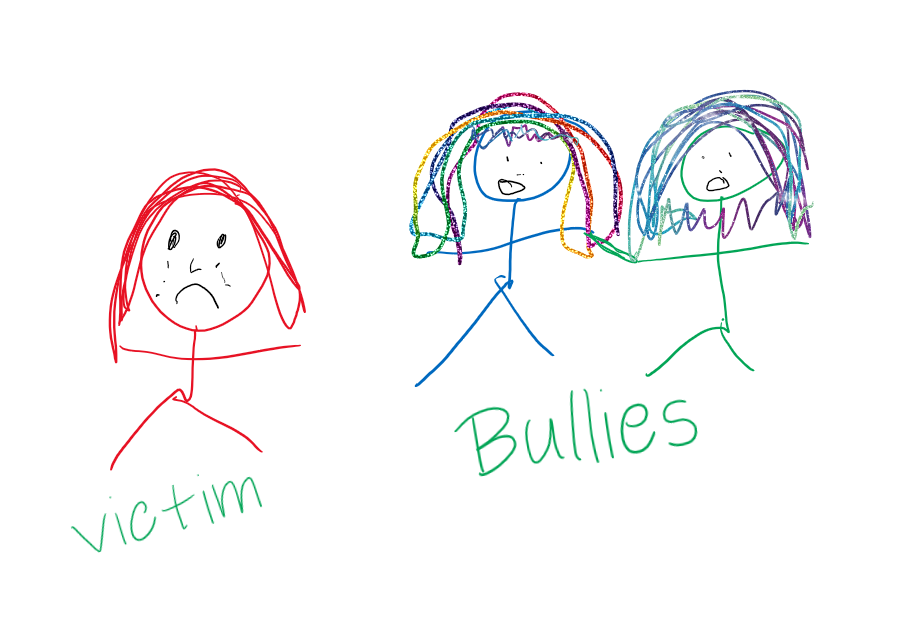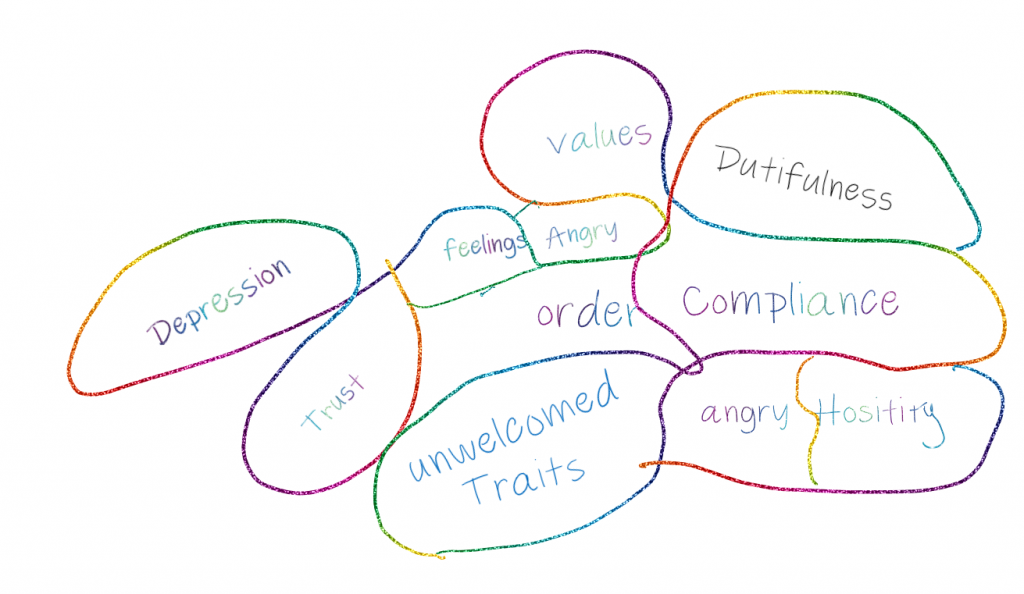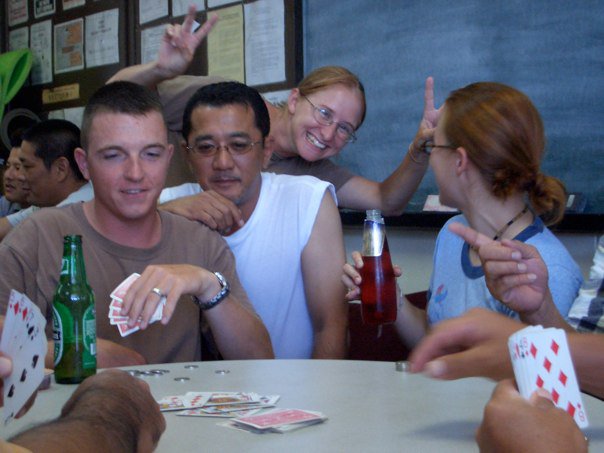Artifact 5: Module 7
Self-construal and Emotion

Self-construal is determined by everyone’s self-definition. Emotions and desires play an important part of how we define ourselves. Interdependent self-construal is our connectiveness with others. This idea is that our self-identity is intertwined with the communities or group. Our self-independence is viewed by the strength of the community and how well our presence encourages the overall concept of the group’s goals or desires. This socially engaged emotion is by allowing the good of the group to override your own personal desires. For example, many eastern countries have a harder time showing loud external emotions in public. Their culture teaches that you must be respectful in public without showing extreme emotions such as happiness or sadness. One of my socially engaged emotions is the feeling of happiness I have when I eat ice cream with my family. My family’s connection of belonging and acceptance of each other is important towards our external stratification of commitment to each other.
Socially disengaged emotions are emotions that that are internal with focus on my individuality. I have pride in myself for my accomplishments. I have pride and am extremely happy with the birth of my children. I enjoy the feeling of reading and finishing a good book. As an American I have pride in my individuality of my self instead of as a group. These socially disengaged emotions are an important part of my self-identity and my self-esteem. When I feel internal satisfaction I have confidence, and a sense of purpose. The image below is one of my favorite things which is playing with my cats. They bring me joy and happiness.
This subject was difficult for me to understand. I have trouble sorting out my emotions without a biased opinion from my own personal perceptive. Emotions, feelings, and the emotional ties towards societies obligations such as friends and family are difficult for me to dissect and place in their correct categories.

Five happy episodes or situations:
My kids being born.- Socially disengaged emotions
When I finish a great book.- Socially disengaged emotions
Eating Ice cream with family.- Socially engaged emotions
Playing with cats.- Socially disengaged emotions
Fishing at the lake.- Socially disengaged emotions
Artifact 4: module 8

When I was a child I gave into peer pressure to bully one of my friends. It was one of those situations where I was friends with two girls and they both hated each other. I was pressured by both girls into breaking off my friendship with the other girl to prove my friendship with each of them. I decided to tell both that I was not longer friends with the other girl to try to save my relationship with both. Unfortunately, at this age, I did not think about the consequences of the girls finding out about it. One day I stood on the table at recess with 1 of the girls and proceeded to bully the other child about her name.
During this period of my life I had many traits that were associated with the opposite of my personality. I showed Neuroticism as vulnerability and impulsiveness. I was self-conscious about how my friends looked at me and whether they liked me. I showed conscientiousness by showing dutifulness towards their leadership. My agreeableness level resulted in compliance towards the situation and I trusted their judgement over my own. My actions were the result of outside influences such as peer pressure.
I would like to think if I could have another chance during that time frame I would stand up for my self and both of my friendships but at that age I was susceptible towards how other people thought about me. Friendship was based on compliance and acceptance of the group’s activities. I believe that our personalities form from our experiences and the moral concepts of our society. Each experience and consequence results into the foundation of our identity and our personality. After years of reinforcement our personalities can concrete form but are still sustainable towards outside influences.
The image below exhibits which traits that are not usually reflected in my personality.

Artifact 3: Module 12
Nonverbal communication is very important in saying what we believe without speaking out loud. The way we conduct our self-using body language and facial gestures presents are emotions and desires in a way that is communicated in microseconds to our coworkers, peers, and family members. Amy Cuddy’s video refers to faking confidence for at least 2 minutes before a social meeting (Cuddy, “Your body language may shape who you are”). By faking a strong, confident, dominate position we are tricking our brain into lowering our cortisol level which reduces our reaction to stress. Confidence affects the idea of our self-image which in turns improves our self-esteem. Self-confidence, attitude, personality, and our emotions are all a part of the process of creating and accepting how we see our identity.
I am starting to understand how much non-verbal communication is reflected in our everyday activities. This section was interesting because I can use it to help my children understand that their body posture and non-verbal cues are essential in projecting a high level of self-confidence. Self-esteem and confidence are an extremely critical part of our identity. Self-confidence also allows us to perceive ourselves in a positive light.
Reference:
Your body language may shape who you are. (2012). Retrieved from https://www.youtube.com/watch?v=Ks-_Mh1QhMc

I am the women holding up the peace signs. I am generally a very confident person.
Artifact 2: Module 10
How Long Can You Wait?
| Target Person | Minutes |
| Your parent | 45 |
| Your older sibling | 20 |
| Your boyfriend or girlfriend | 60 |
| Your best friend | 40 |
| Your colleague | 15 |
| Your client | 30 |
| Your boss | 30 |
How long we wait on someone depends on our personal, professional, or
emotional relationship with them. Different aspects of each category determine how much time we are willing to wait. This time frame is usually determined if someone is running late for an appointment. An invested relationship demands that you must wait a certain amount of time. If your relationship has no connection you are not worried about hurting their feelings or having guilt if you wait at least 15 minutes. If your level of investment is a deeper connection, your desire to wait for the person will increase based on commitment.
I never thought about how much time or effort I unconsciously put into my
relationship. When I started to objectively consider how much of my own time I
was willing to wait without the prospect of a reward, I realized that some of
the people I consider as a close relationship are actually below the level of
my coworker wait times. I had to re-evaluate my relationships based off the
time I was willing to give up improving our commitment for each other. For
example, I realized that I need to have a closer connection with some of my
relatives. The fact that I would not wait 15 minutes past their time-limit was
informative.
Yes, I would wait for family or my relationships longer then professional. I would wait the longest time of 60 minutes for my boyfriend. Since we are in a committed relationship I would give them the benefit of the doubt that they were running late from means beyond their control. I would 45 minutes for my parents to show up. My parents are late for everything. The 45 minutes is the average time that is acceptable until they show up. My best friend gets 40 minutes. My boss and clients are work related; therefore, I need to show courteousness towards their position of power. My boss controls my job, and the client has some power in control of benefits of the job. They both get 30 minutes of wait time. My college only has 15 minutes of wait time. They are not in a position of friendship, family, or employee status.

Artifact 1: Module 9
Gender Stereotype in Occupation

Gender Stereotypes are found all over the world. Luckily, the occupational stereotype about which jobs men and women are hired to hold is no longer as common as it once was. Women’s right and STEM programs have had a major impact on conditioning men and women that certain jobs can be accomplished by everyone regardless of gender. My Partner’s responses were very similar to my own regarding gender stereotype. The only difference in the responses was about the system engineer. I said female and he said male. Not only are women’s opportunities increasing in the job market, males are also accepted into positions that traditionally were held by women, for example, babysitting.
Ending gender stereotypes are extremely important to me because I want my kids to be able to choose a career based on their passion instead of what is expected of them. Gender inequality is still a problem. Although women’s right groups are fighting for equality men are still paid more than women, and traditional stereotypes are enforced by gender roles and the acceptance of everyone’s place in the society. When we fight gender stereotypes we are fighting for a better future.
